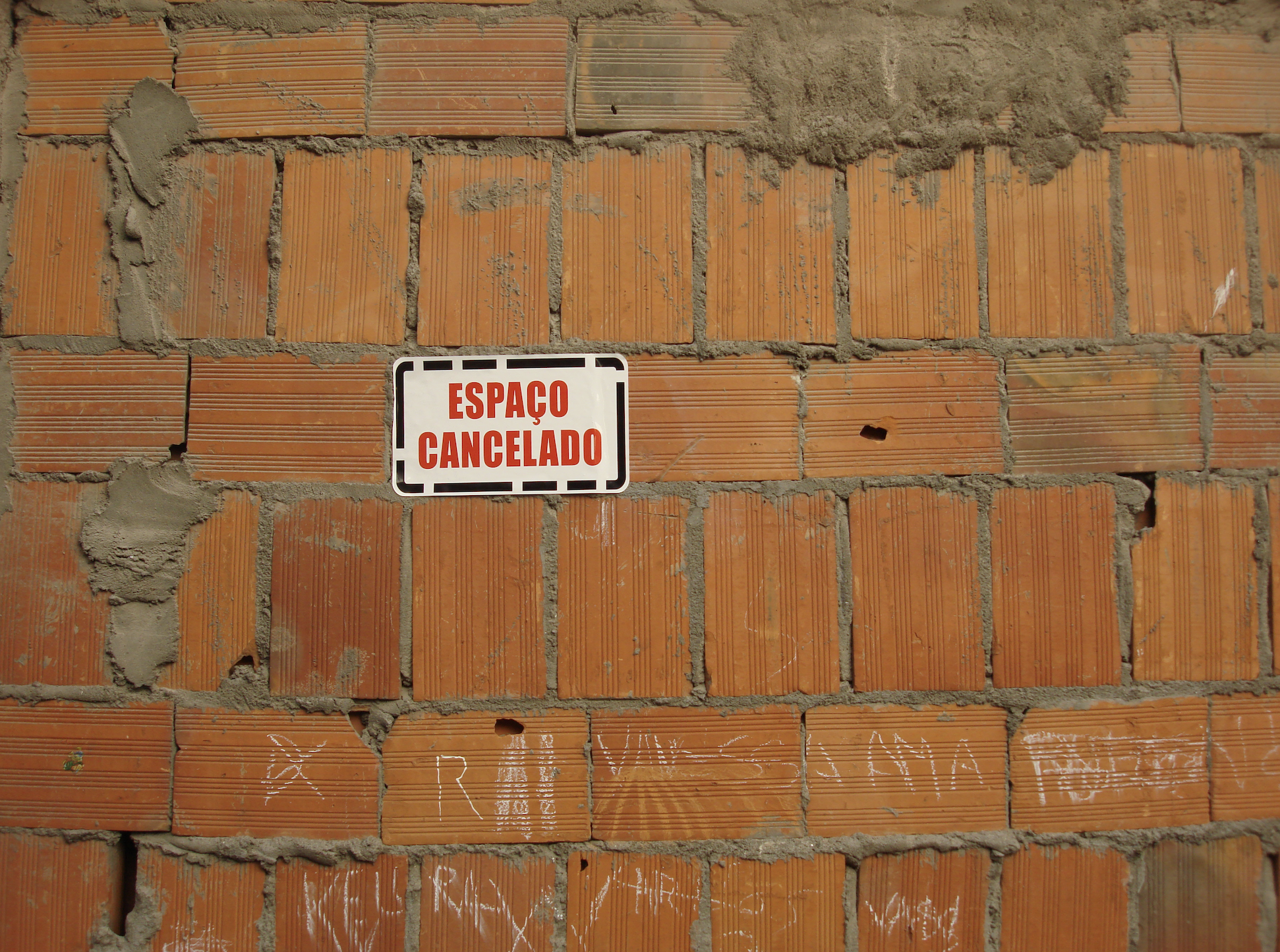Lisbon Architecture Triennial - Vacíos Urbanos
I had the opportunity to join the curatorial team led by Enrique Martín Moreno, representing Mexico at the inaugural edition of the Lisbon Architecture Triennial. Our strategy was to transplant phenomena unique to Mexico City into the streets of Lisbon. We commissioned work to Mexican artists, architects, and urbanists to create interventions throughout Lisbon. My role included coordinating the production of these interventions and managing the construction of the National Pavilion.




Rethinking the Cityscape
The city cannot be confined within a rigid, uniform system that favours one perspective over another. It is not a realm of static relationships that perpetuate uniformity and inflexibility. The traditional view of the city, dominated by top-down structures with fixed rules for organisation, territorial control, and clear demarcations, is an outdated concept. This approach leads to a fractured urban landscape, where spaces – whether institutional or physical – are deemed 'proper', and anything external is seen as a threat, the different as 'the other', and their spaces as Urban Voids.
Understanding the city as a network of both visible and invisible ruptures reveals a more dynamic picture. Its physical form, social fabric, and developmental mechanisms are interwoven with inherent contradictions. Urban Voids, often perceived as incidental, are where the most vibrant interactions occur. These are spaces of coexistence for disparate elements, a canvas for the interplay of differences. They are zones of intensity, always in flux, expanding in all directions without hierarchy, borders, or peripheries. Here, competition coexists with hybridity, multiplicity, and productive exchanges. The heterogeneity of these structures overflows with differences, conflicts, and contrasts, moving us from a world of geometric boundaries to one of multidimensional transference and network effects.
Proposal
Our approach rejected the notion of a 'proper' place, focusing instead on the fluidity of time rather than fixed locations. We embrace tactics that are not totalities but are marked by a scattering of events, interconnected yet not unified. These urban activities are transitory, temporary, and ephemeral, challenging the city's conventional spaces and fostering complex relationships. They are 'bottom-up' initiatives, striving for maximum impact with minimal effort.
Our interventions in the cityscape belong to 'the other'. We will occupy interstitial spaces, capitalising on seized opportunities, strategically chosen moments, and swift movements that can transform the organisation of a place. Each intervention is designed to be accessible from any point, allowing for diverse paths of interpretation and varying correlations within a network of possibilities.
The Mexican participation in TAL '07 showcased a series of urban tactics across Lisbon, reflecting the diverse dynamics of Mexican urban landscapes. These tactics, informed by the experiences and trajectories of selected participants, aim to demonstrate their rhetorical quality and effectiveness in project execution. TAL’07 presents an exceptional opportunity to integrate a new generation of Mexican architects, bringing fresh perspectives to the urban fabric of Lisbon.

